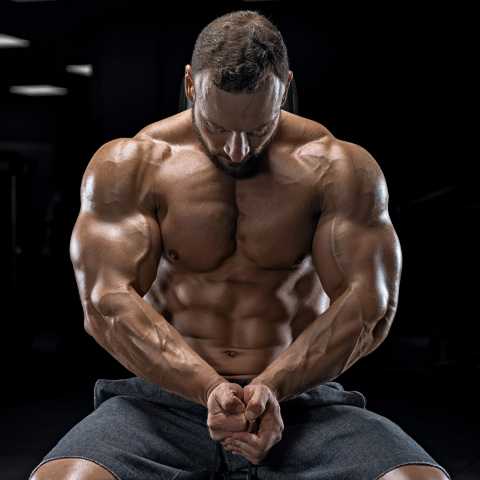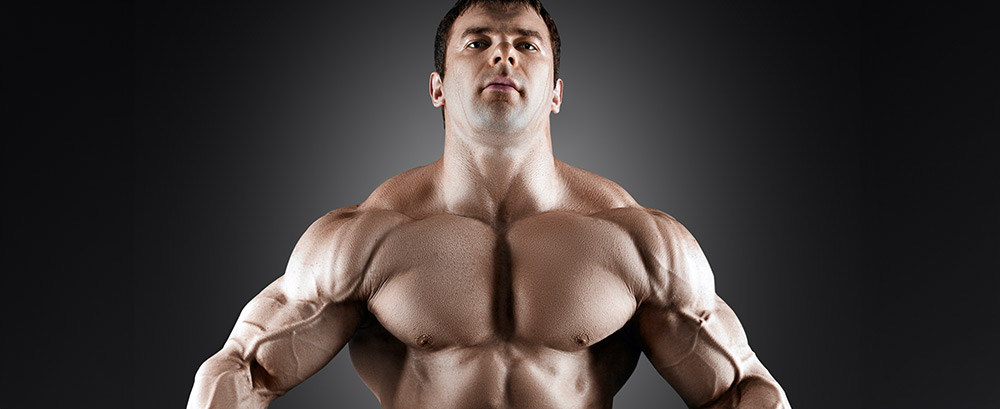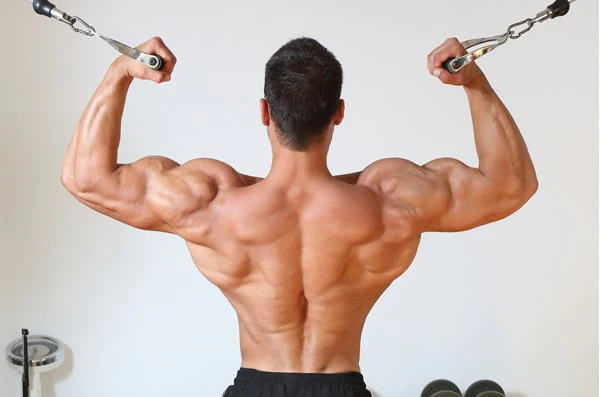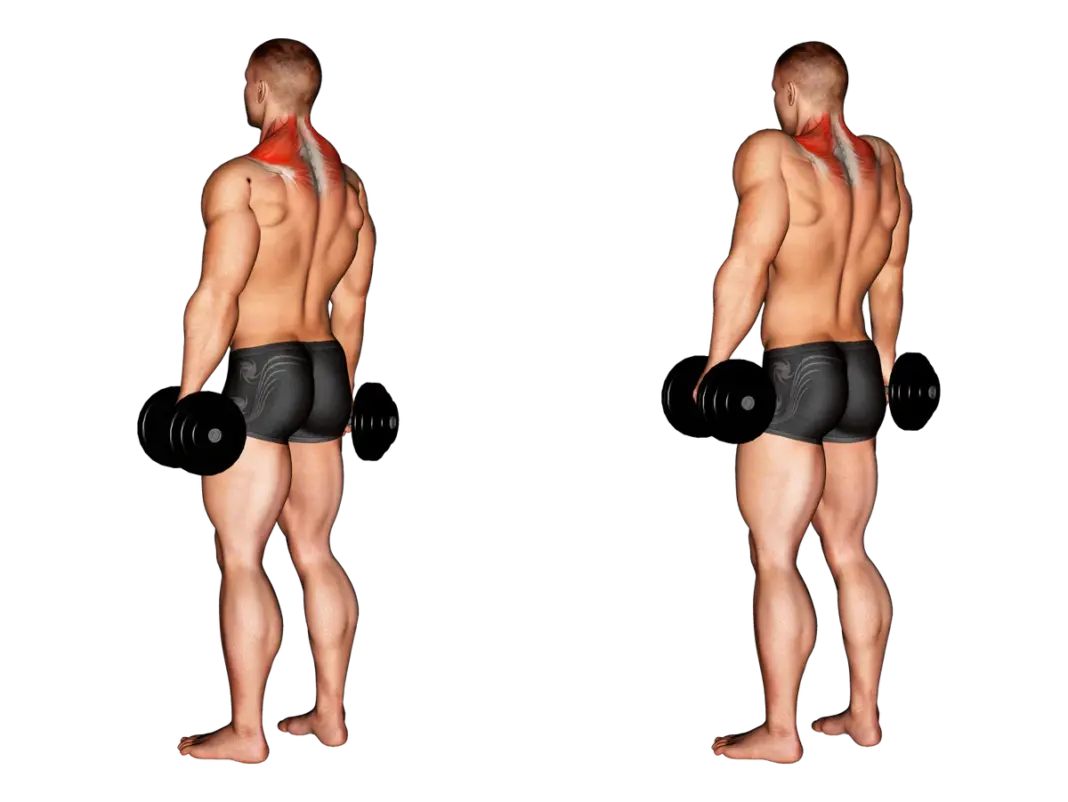Neck Training for Bodybuilders: Bigger Neck, Better Posture, Fewer Injuries
When most lifters think about building a powerful physique, they immediately picture wide lats, thick arms, boulder shoulders, and tree-trunk legs. But there’s one muscle group that often gets neglected — the neck.
For bodybuilders, a muscular neck is more than just an afterthought. It’s the finishing touch on a complete physique, the bridge between your upper body and head that makes your frame look balanced and powerful.
A skinny or underdeveloped neck can make even the biggest chest and shoulders look less impressive.
But beyond aesthetics, a strong neck has massive carryover to posture, lifting performance, and injury prevention.
Whether you’re chasing size, strength, or longevity in the gym, neck training deserves a spot in your program.
This guide covers the anatomy of the neck, why training it matters, the best exercises for building muscle, and how to program it safely and effectively.
Why Train the Neck?
Neck training isn’t just for wrestlers, fighters, or football players. It’s an overlooked weapon for bodybuilders and strength athletes alike. Here’s why:
Aesthetic Balance
A thick neck completes the physique. When your traps and shoulders grow but your neck doesn’t, it creates a disproportionate look. A strong, muscular neck gives you that “built” appearance — even in a hoodie or dress shirt.
Postural Support
In today’s world of screens and desk work, forward head posture is everywhere. A weak neck lets your head drift forward, putting strain on your cervical spine. Training the neck muscles helps pull the head back into alignment, supporting better posture both in and out of the gym.
Injury Prevention
A strong neck acts like armor. Research shows that athletes with stronger necks are at lower risk for concussions, whiplash, and cervical spine injuries. Even if you’re not in a contact sport, everyday life comes with risks — a strong neck can protect you in accidents, falls, or unexpected impacts.
Transfer to Lifting
The neck and traps work together to stabilize your head and upper spine. Whether you’re pressing overhead, carrying heavy dumbbells, or grinding through deadlifts, a strong neck keeps you locked in position. It’s not just accessory work — it directly supports strength and performance.
Anatomy of the Neck Muscles
To train your neck effectively, you need to understand its anatomy. The neck isn’t a single muscle — it’s a complex group that moves and stabilizes the head in multiple directions.
Neck Flexors (Front of the Neck)
- Function: Pull the chin toward the chest, resist backward extension.
- Examples: Nodding, tucking the chin, resisting whiplash motion.
- Training Focus: Flexion exercises with controlled resistance.
Neck Extensors (Back of the Neck)
- Function: Extend the head backward, resist flexion forces.
- Examples: Looking upward, stabilizing during heavy shrugs or yoke carries.
- Training Focus: Extension exercises and loaded postural work.
Lateral Neck Muscles (Side of the Neck)
- Function: Bend the head side to side, control rotation, provide lateral stability.
- Examples: Side bending, resisting forces from the side.
- Training Focus: Lateral flexion with dumbbells, plates, or bands.
Isometric Stabilizers
- Function: Resist unwanted motion in all planes.
- Examples: Bracing the head against external resistance.
- Training Focus: Static holds and partner/manual resistance.
Best Neck Exercises for Size and Strength
Like any other muscle, the neck responds to progressive overload, varied angles, and controlled reps. Below are the key exercises that target each neck region effectively.
Neck Flexion (Front)
- Lying Band or Plate Neck Nod
Lie on your back, band or plate on the forehead, slowly nod forward. - Neck Harness Flexion
Using a neck harness, add progressive loading while maintaining strict control.
Neck Extension (Back)
- Prone Plate Neck Lift
Lie face down, plate on the back of your head, extend against resistance. - Harness Extensions
Classic for adding load — keep the motion slow and controlled to avoid jerking.
Lateral Flexion (Sides)
- Dumbbell or Plate Side Bend (on Bench)
Rest your head off a bench, hold a light weight to the side of your head, and bend gently. - Band-Resisted Side Nods
Safer than free weights for beginners, keeps constant tension.
Isometrics (All Around)
- Partner or Wall Resistance Holds
Push your head against a wall or partner’s hand in all four directions. - 4-Way Manual Isometric Holds
Use your own hand to resist forward, backward, and lateral motion.
Sample Neck Workout (2x per Week)
Here’s a simple but effective template you can add to the end of your upper-body days or run as a stand-alone accessory session.
- Neck Flexion – 3 sets x 15–20 reps
- Neck Extension – 3 sets x 15–20 reps
- Side Flexion – 2 sets x 20 reps (each side)
- Isometric Wall Hold – 2 sets x 30 seconds (all four directions)
Tips:
- Use light to moderate resistance. The neck is smaller and more sensitive than larger muscle groups — slow progression is key.
- Prioritize control over load. If you’re jerking the weight, it’s too heavy.
- Stick to higher reps and longer time under tension for safety and hypertrophy.
Programming Strategy for Neck Training
Like any other muscle group, the neck grows best when trained with consistency, progression, and balance.
- Frequency: 2x per week works best for most lifters.
- Volume: 8–12 total sets across flexion, extension, lateral, and isometrics per session.
- Rep Ranges: Higher reps (15–20) for dynamic work, 20–40 seconds for isometrics.
- Progression: Add small amounts of resistance (1–2 lbs at a time), or increase duration.
- Integration: Place neck training after your main lifts to avoid unnecessary fatigue.
Safety Tips for Neck Training
Because the neck protects your spinal cord and nerves, safety comes first. Here are key rules:
- Start with bands or bodyweight before moving to plates or a harness.
- Control every rep — slow tempo, no jerking motions.
- Keep the range of motion short at first, gradually increasing as strength improves.
- Warm up with light mobility — gentle nods, rotations, and shoulder rolls.
- Progress gradually. Don’t rush loading. A few pounds make a big difference.
- Listen to your body. Discomfort in the muscles is fine; sharp pain in the spine or nerves is not.
Bodybuilder’s Tips for Bigger, Safer Neck Gains
- Pair neck training with traps. Doing shrugs and neck work together maximizes upper-body density.
- Use isometrics on off days. They’re low fatigue and great for posture.
- Treat it like abs. Short, frequent sessions beat high-volume marathons.
- Stay consistent. A few focused months of neck training can add noticeable thickness.
- Don’t skip lateral work. It’s the difference between a balanced neck and one that only looks big from the front.
Common Mistakes to Avoid
- Going too heavy, too soon. Overloading the neck with plates before mastering control is a recipe for injury.
- Skipping warm-ups. Cold neck muscles = higher risk of strain.
- Neglecting posture. A strong neck without postural alignment doesn’t function well.
- Only training flexion/extension. Lateral and isometric work are equally important.
- Training it once and forgetting. Consistency builds thickness — not random effort.
Final Word: Don’t Neglect the Neck
The neck might not be the flashiest muscle group, but it’s a difference-maker. A big, thick neck completes your physique, improves posture, and keeps you resilient under heavy training.
For bodybuilders, it’s the detail that separates “fit guy” from “dominant presence.” For athletes, it’s protective armor. For everyone, it’s long-term investment in health and strength.
Train your neck with the same focus you give your arms, chest, and back. Start light, progress slowly, and stay consistent. The payoff is not only visual but also functional — strong neck, stronger posture, fewer injuries.
🔗 Related Articles:
- Best Neck and Trap Exercises Ranked
- Trap Training 101
- Shrug Variations Ranked
- Neck and Trap Training at Home





